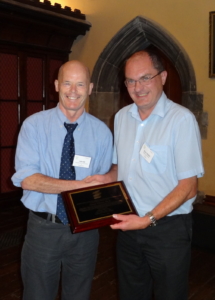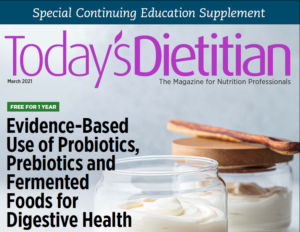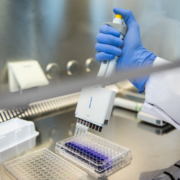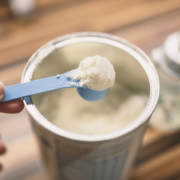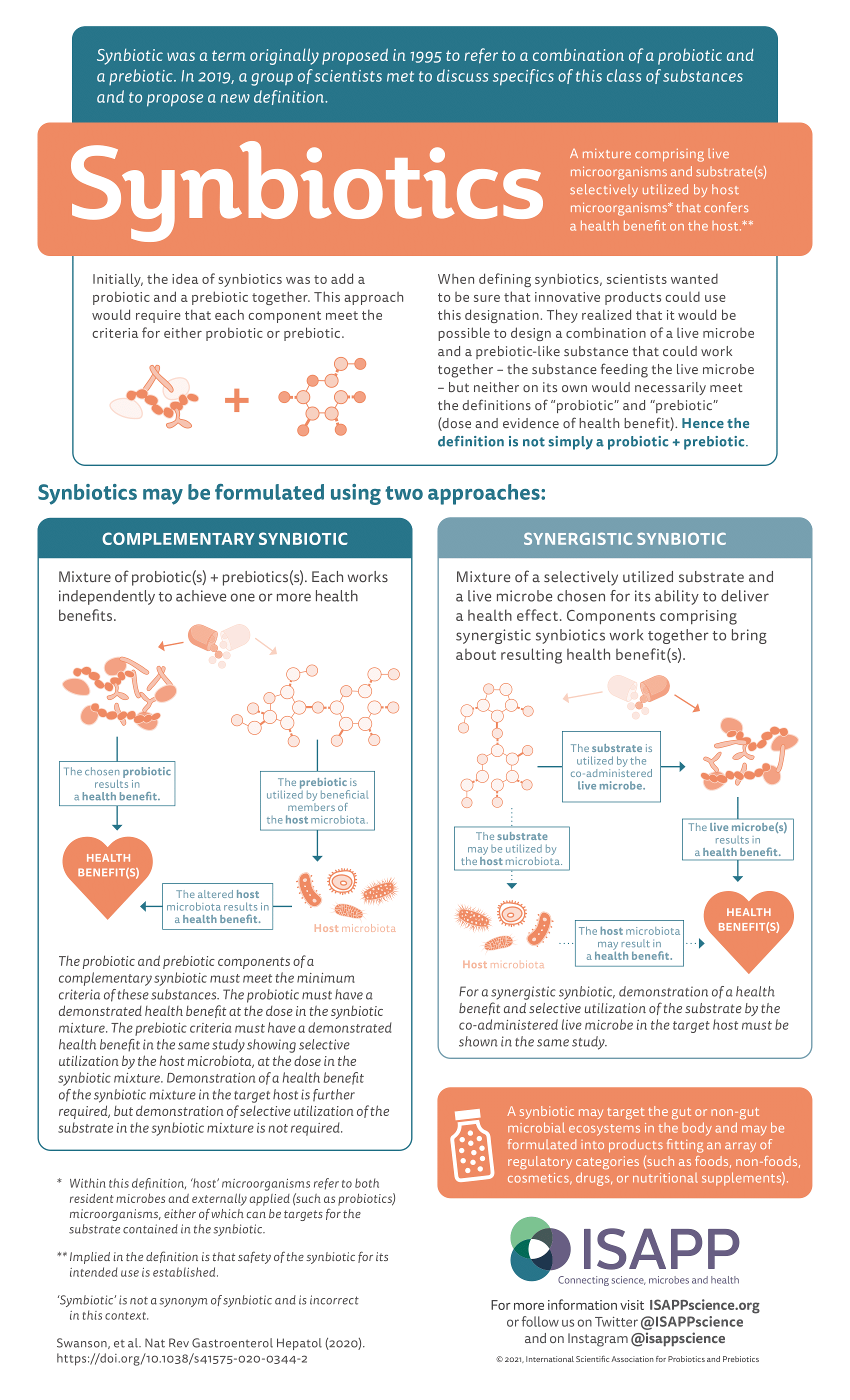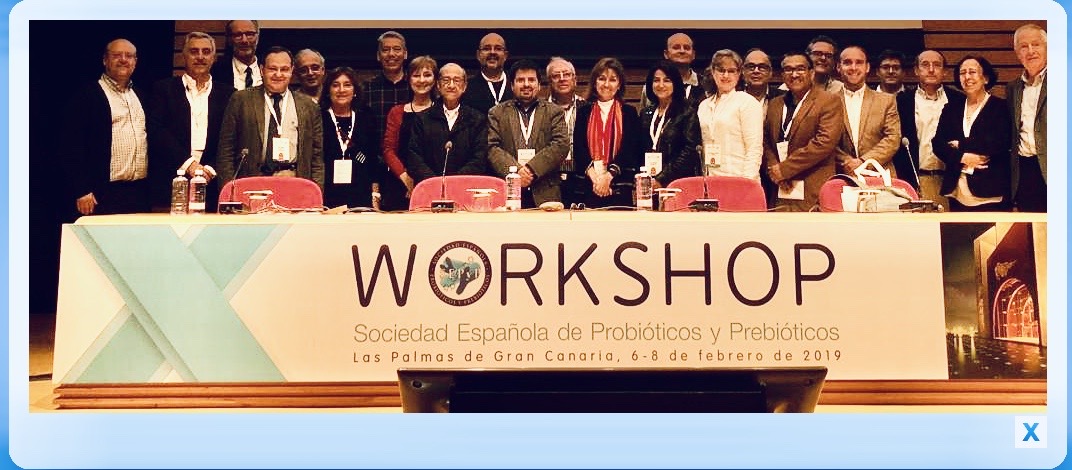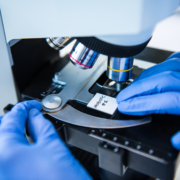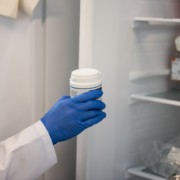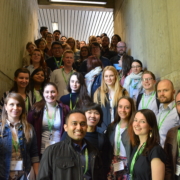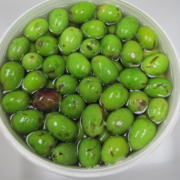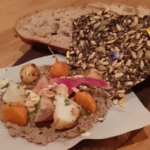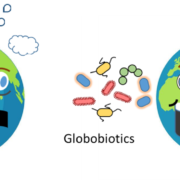By ISAPP board members, compiled by Kristina Campbell
Scientific progress in the field of probiotics and prebiotics, as in any other field, often seems to occur one tiny step at a time. Yet over the course of several years, these tiny steps can add up to significant progress.
Current members of the ISAPP board of directors hold academic positions across North America, and Europe, representing some of the experts at the forefront of scientific innovation in probiotics and prebiotics. Their collective experience encompasses functional foods, fermentations, microbial ecology, microbial genetics, immunology, and clinical medicine, including pediatrics, family medicine and gastroenterology. As we enter into 2020 and a new decade, these board members have taken a moment to reflect on how far they and their colleagues have come over the past ten years, by answering the question: What changes have occurred in the domains of research, applications, and awareness about probiotics and prebiotics?

ISAPP board members, 2019 annual meeting
Available scientific methods and tools
The change that stood out the most to the ISAPP board members over the past decade was the rapid expansion of available scientific methods and tools – from gene sequencing technology to CRISPR-Cas to bioinformatic approaches. These exciting developments have enabled scientists to obtain more information, and to do it both quickly and economically. In the words of the board members:
“Advances in sequencing technology [have] revolutionized our ability to understand the gene repertoire of each individual probiotic strain (whole genome sequencing) and the interplay with the microbiome (metagenomics). This has been really energizing to the field, but has also meant that competence in bioinformatics has become an essential tool for probiotic and prebiotic scientists.”
“A decade ago, human studies on prebiotics would look at changes in the gut microbiota using fairly laborious procedures. Nowadays, the analysis is much more extensive and straightforward to do, and probably more accurate… The biggest change has been the capability to assess not only composition of the microbiota but also its functionality. So, today, the trials include metabonomics as well as assessments of health effects (through changes in particular symptoms and /or biomarkers such as blood lipids, microbial products, immune and inflammatory status). That way, we get a far better picture of what prebiotics can do.”
“In 2010 we only had DGGE to characterize the genome and were trying to figure out how to implement 16S amplicon sequencing. Now we are implementing shotgun & shallow shotgun sequencing for similar prices. In 2010, we did only work on 3-4 probiotic lactobacilli for molecular research, now we work on 400-500 lactobacilli. We do comparative genomics and functional analyses at much larger scale. And in 2010, we paid almost 10000 euro just to sequence one genome of lactobacilli, with limited analysis, now a few hundred euro for sequencing.”
Probiotics and prebiotics for microbiome modulation
Because of the rapid advancements in scientific tools and techniques during the past decade, as mentioned above, many more research groups are endeavoring to study the microbial communities that relate to probiotics and prebiotics. Gut microbiota are of great interest—not least because, among the strategies for microbiome modulation, probiotics and prebiotics are two of the leading candidates. Moreover, microbiome data can help researchers understand the context of probiotics and prebiotics in the gut and in different environments. In particular, many clinical trials of probiotics and prebiotics now include a microbiota-related measure. Novel species and strains for food use may be identified from gut microbiota studies, although safety and efficacy assessment will form challenges for regulatory bodies. Board members said:
“My collaborators and I initiated our first human clinical trials with prebiotics in 2008 and published several papers in 2010 and 2011. These early papers were among the first in which high throughput 16S DNA sequencing was used to assess how the human gut microbiota was affected by the prebiotic, GOS. Although this is now a routine method in the field, in 2008, having a Roche 454 pyrosequencer in the lab was very special, and we were astounded to be able to identify and measure abundances of the main members of the gut microbiota. Having these large data sets also led us to realize the importance of what was at the time the “new” field of bioinformatics that was critical in analyzing and reporting the data. This research showed that GOS was bifidogenic (with high specificity) in healthy adults, but was also subject-dependent. Thus, the results clearly showed there were prebiotic responders and non-responders. This remains an important area of research for my group.”
“The decade started with general excitement that ‘dysbiosis’ of the gut microbiota is involved in just about every human health problem, and has turned into re-remembering that correlation is not causation and microbiota patterns are often driven more by random factors or factors unrelated to disease than by microbiology.”
“It’s worth noting that in 2020, the well-controlled probiotic studies showing health benefits in humans are still more convincing and valuable than the studies showing any ‘beneficial’ effects on the human microbiota.”
“Over the past decade we have witnessed a tremendous explosion in our understanding of the microbiome and its interactions with us, its host. Progress in translating this knowledge into new treatments has been slower but glimmers of encouragement have appeared and we look forward to the next decade when interventions that modulate the microbiome to benefit our health will be based on a true understanding of how they act and will be selected to the maximal benefit of each individual.”
Probiotic mechanisms of action
Probiotic mechanisms of action are a perennial hot topic within the scientific community—and many had hoped that the new suite of scientific tools at scientists’ disposal would significantly advance this area of research during the past decade. But according to one ISAPP board member:
“In 2010 I would have confidently predicted that by 2020 we would have much more of a mechanistic understanding of probiotic mechanisms [and] the importance of strain effects… But this simply has not happened. The field has become more biologically and computationally complex and many millions have been spent on research, but I still don’t think we can answer the fundamental question we faced in 2010, and in 2000, and in 1990 – what makes one a strain a probiotic, while another is not?”
But in the views of other board members:
“Through genomic and metabolomic studies we are identifying differences between strains that function at different sites and what properties are important for their probiotic function.”
“Identify[ing] the key effector molecules turned out to be more complex [than] we thought 10 years ago. It has become clear to me that probiotic mechanisms of action are per definition complex and multifactorial, because they are living microbes having thousands of molecules that all play a role. Yet, there is clearly an hierarchy of effector molecules.”
Probiotic and prebiotic applications
In general, microbiome studies of the past decade have led to a better appreciation of the ubiquity and complexity of microbial communities—not just those associated with different human body sites, but also those occupying every possible niche on Earth. ISAPP board members reflect:
“In 2010, I was mainly studying probiotics for the gut and vagina, now we have explored probiotics for the skin, respiratory tract, animals, plants, isolates from fermented vegetables that can boost vegan probiotic formulations etc., and other areas.”
“Two areas of research I am doing I’d never have imagined in 2010 are in honey bees and Chinook salmon and against environmental chemicals, administering probiotics.”
Public awareness of probiotics and prebiotics
Numerous studies and surveys show the general public has more awareness than ever of probiotics – and increasingly, of prebiotics too. Individuals receive their information through many different channels, both digital (e.g. blogs, websites) and non-digital (e.g. magazines, product packaging). The past decade also saw the creation of valuable evidence-based resources, such as the Clinical Guides available in the US and Canada, and resources from World Gastroenterology Organisation and from ESPGHAN (probiotics for pediatric acute gastroenteritis, pediatric nosocomial diarrhea, preterm infants, and pediatric AAD). These resources have been enabled by a critical mass of studies that have examined the efficacy of various probiotic strains for certain indications. One board member says:
“From a clinical perspective, the biggest change for us has been that the general public knows so much about probiotics; now we are doing a lot less educating of docs and patients about the concepts behind our probiotic studies.”
But there’s still work to be done:
“The term probiotic is now widely known, but still too often people are misinterpreting what it means, or generalizing the whole field instead of recognizing strain and product differences. We need to continue to educate and clarify to keep the messaging on track.”
“There is still lack of knowledge that not all probiotics are equal. The clinical effects and safety of any single probiotic or combination of probiotics should not be extrapolated to other probiotics. The same applies to prebiotics.”
“Choosing a probiotic continues to be a major hurdle for the consumer – for every probiotic strain that is well characterized, studied in detail in appropriate disease models, and shown to be effective in clinical trials there are hundreds that would fail to pass even the most basic tests of quality control. We must help the consumer to make informed choices.”
It seems that, while the past decade has been a fruitful time for probiotics and prebiotics research and public awareness, scientists still have a lot of work to do. In the 2020s they will use the tools available to them, and continue to develop new ones, to gain more detailed and multi-faceted information about probiotic strains and prebiotic compounds—and about the context in which they operate (for instance, the gut microbiome), to ultimately confer benefits on human health.







